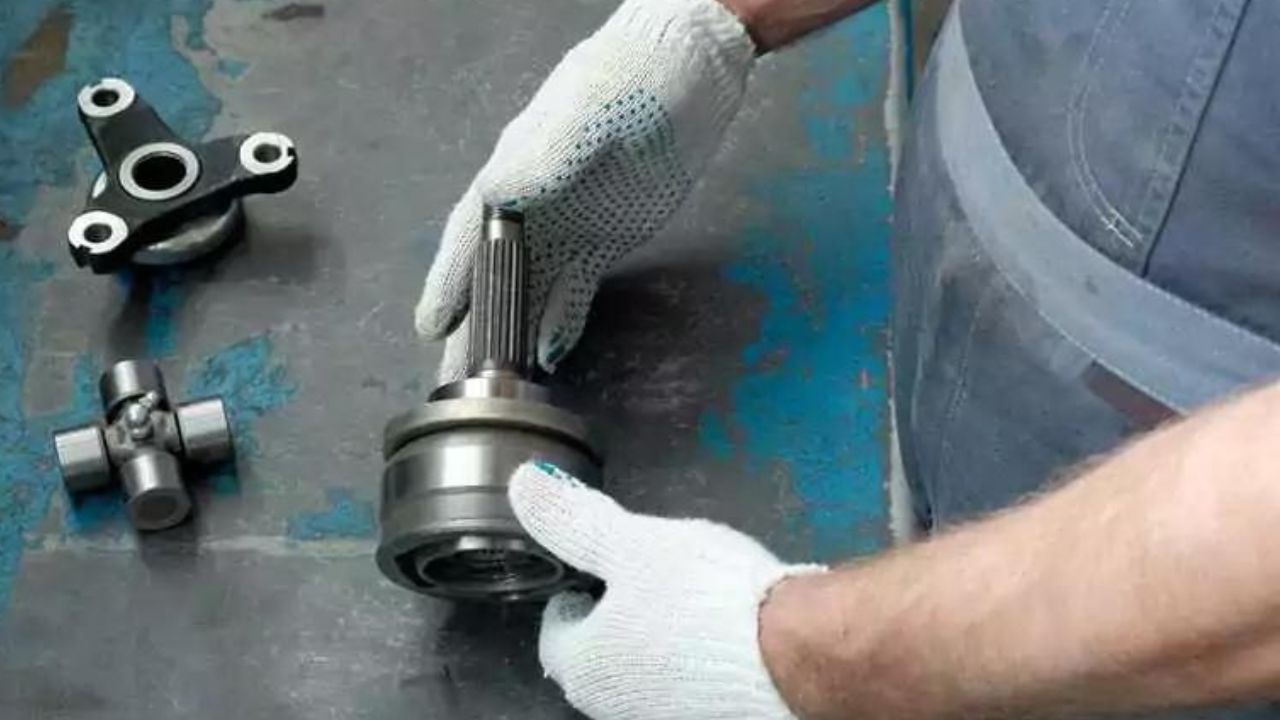Forging is a metalworking process that involves shaping metal by applying compressive forces. It is known for producing components with superior strength, structural integrity, and enhanced material properties. On the other hand, casting is a procedure where molten metal is poured into a mould. And letting it become more solid.
While casting has its advantages, such as the ability to create complex shapes and cost-effective production for large quantities, forging presents unique benefits that make it an attractive choice in various industries. In this article, we will delve into the world of forging, focusing on its advantages and disadvantages compared to casting.
Moreover, we will also have a little talk about https://www.cxinforging.com/ which is considered a perfect platform for forging components.
Advantages of Forging over Casting:
Forging and casting are two popular methods used in the manufacturing industry to produce metal components. While both techniques have their own merits, forging offers distinct advantages over casting in certain applications
Superior Strength and Durability
One of the primary advantages of forging is the superior strength and durability of the resulting components. The forging process involves shaping metal through the application of heat and pressure, which aligns the grain structure of the material and eliminates internal voids or defects.
This results in forged components that possess excellent mechanical properties, including high strength, toughness, and resistance to fatigue and impact. Forged parts are known for their exceptional reliability and longevity, making them ideal for applications where strength and durability are critical, such as automotive, aerospace, and heavy machinery industries.
Enhanced Grain Structure
During the forging process, the metal undergoes plastic deformation, causing the grains to deform and realign. This alignment of grains enhances the structural integrity of the material and promotes directional strength, resulting in components with improved resistance to stress and wear.
In contrast, casting involves pouring molten metal into a mold, which leads to a random and less controlled grain structure. The refined grain structure achieved through forging contributes to the superior mechanical properties of forged components.
Design Flexibility
Forging offers greater design flexibility compared to casting. The forging process allows for the production of complex shapes and intricate geometries with precise dimensional control. It enables the creation of components with customized features, such as flanges, grooves, holes, and threads, which are challenging to achieve through casting.
This design versatility makes forging suitable for applications that require specific shapes or unique configurations. You can consider CXINFORGING for having several forging components for your automobile’s new energy vehicles.
Disadvantages of Forging Overcasting
The disadvantages of forging over casting for automobile new energy vehicles are as below:
Higher Cost
One of the primary drawbacks of forging is the higher cost compared to casting. The forging process involves multiple steps, including heating, shaping, and finishing, which require specialized equipment, skilled labor, and longer production times.
These factors contribute to higher production costs, making forging a more expensive manufacturing method. However, the higher cost is often justified by the superior quality and performance of forged components, especially in critical applications.
Limited Complexity
While forging offers design flexibility, it has certain limitations when it comes to intricate and highly complex geometries. The forging process is better suited for simpler shapes and components with gradual curves and transitions. Complex parts with intricate details and fine features may be challenging to forge accurately, and casting may be a more suitable option in such cases.
Ending Remarks
Forging offers significant advantages over casting in terms of strength, durability, enhanced grain structure, and design flexibility. Forged components exhibit superior mechanical properties and are highly reliable, making them ideal for demanding applications. However, the higher cost and limitations in producing highly complex shapes are factors to consider when choosing between forging and casting.

